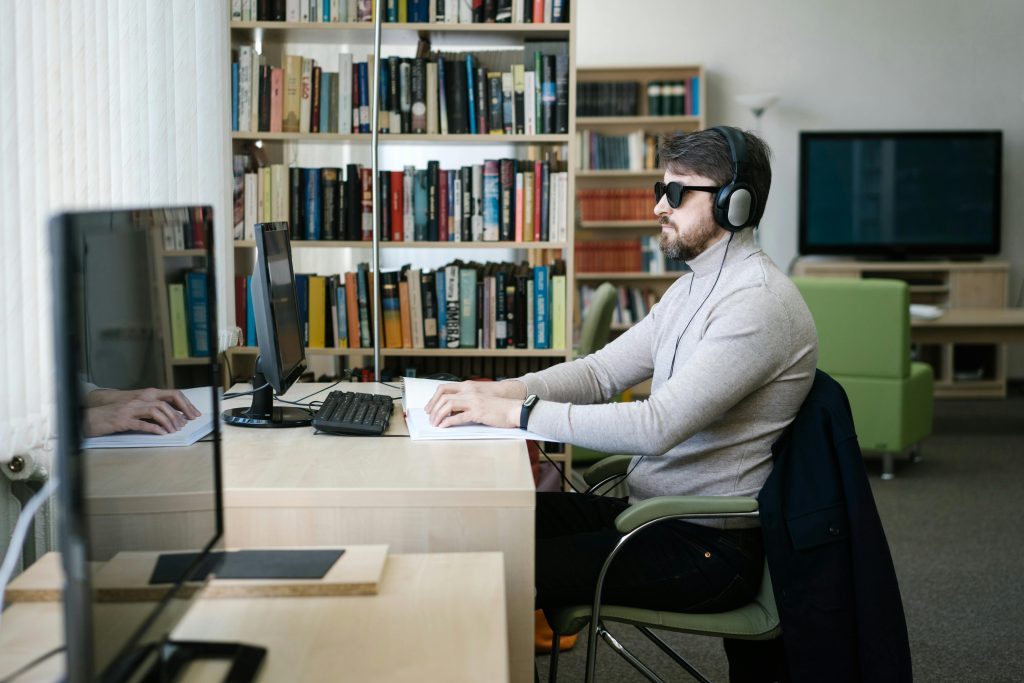Troubleshooting Display Issues on Your Computer: A Step-by-Step Guide
Have you recently encountered strange display anomalies on your computer, such as black squares appearing when you click and drag, or apps being highlighted in black when you hover over them? If so, you’re not alone, and it’s a frustrating issue that can leave users scratching their heads.
While it can be disheartening when typical troubleshooting methods like restarting the device, updating software, or performing a system reset don’t yield results, there are additional steps you can take to resolve this problem.
Identifying the Problem
These visual glitches often stem from graphics driver issues or software conflicts. To tackle the issue effectively, follow these essential troubleshooting steps:
-
Check Your Graphics Drivers: Outdated or corrupted graphics drivers can cause display issues. Head to your device manager or the manufacturer’s website to ensure your drivers are up-to-date.
-
Adjust Display Settings: Access your display settings and experiment with different configurations. Changing the resolution or refresh rate may help restore normal function.
-
Run a Virus Scan: Malware can sometimes infiltrate your system and cause unexpected glitches. It’s advisable to run a full system scan using your preferred antivirus software.
-
Boot in Safe Mode: Starting your computer in Safe Mode can help determine if third-party software is causing the issue. If the problem resolves itself in Safe Mode, consider uninstalling recently added applications.
-
Check for Hardware Issues: If all else fails, it might be time to inspect your hardware. Loose connections, particularly with your graphics card, can lead to such display problems. If you’re comfortable doing so, check inside your computer or consult a professional for assistance.
Seeking Help
If none of these solutions rectify the situation, consider reaching out to online forums or professional tech support. Providing detailed descriptions of your issue can aid others in offering more targeted assistance.
Experiencing these types of issues can be frustrating, but with a systematic approach, you’ll be on your way to restoring your computer’s functionality in no time. Stay patient, and don’t hesitate to seek help when needed!
Share this content:




Helpful Tips for Troubleshooting Display Issues
It looks like you’re experiencing display anomalies similar to those described. Here are some additional suggestions that might help you resolve the problem: